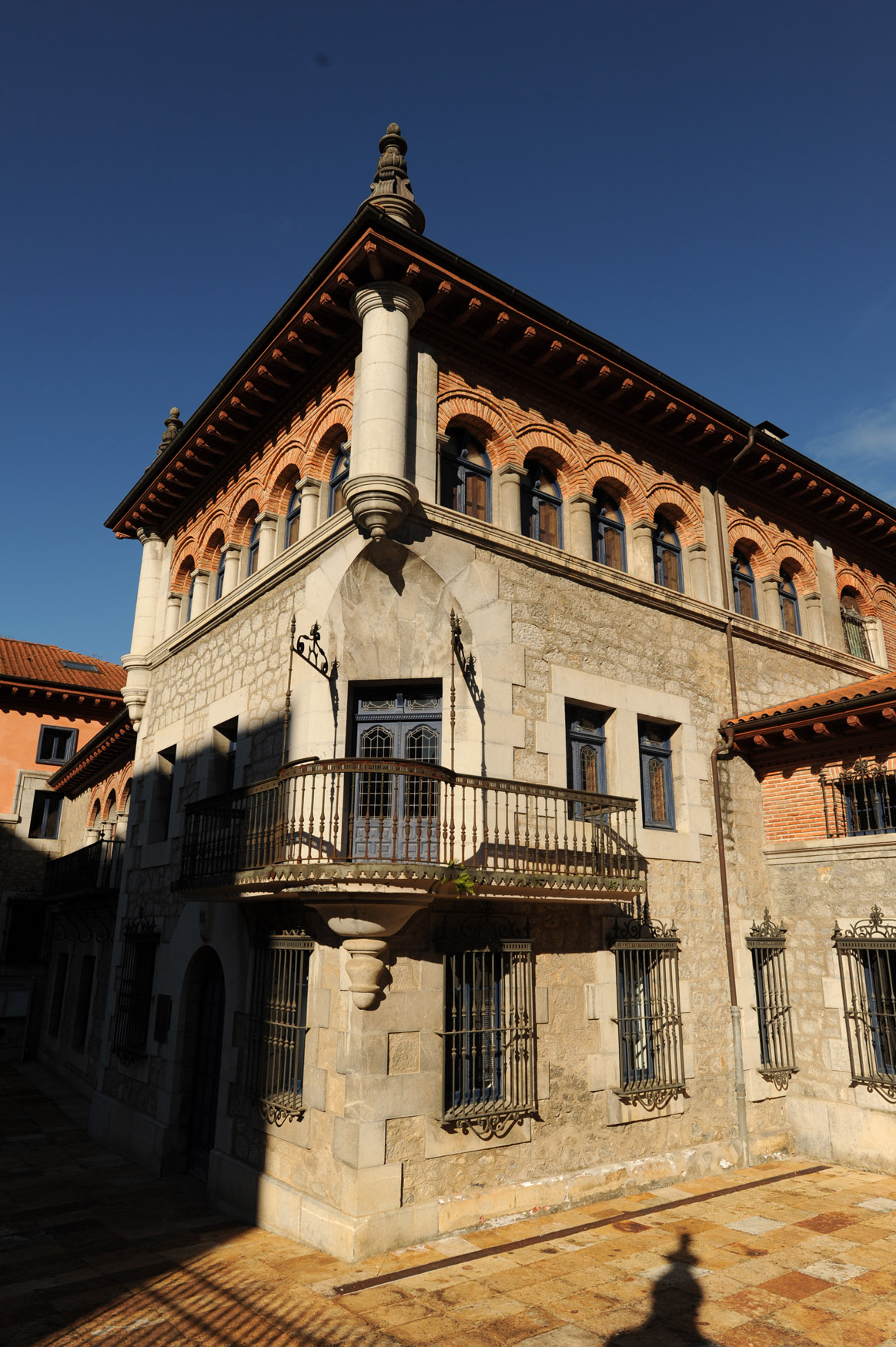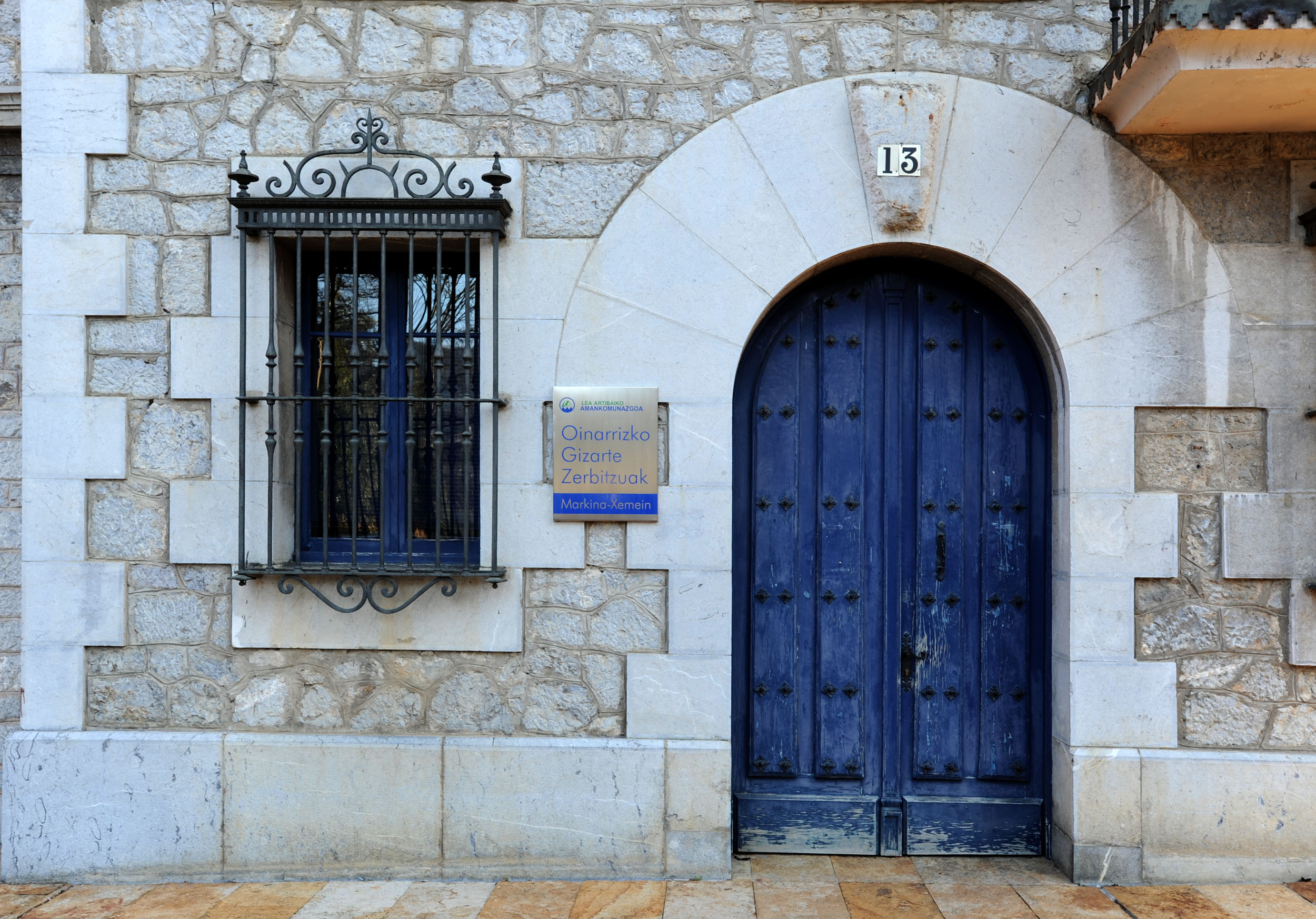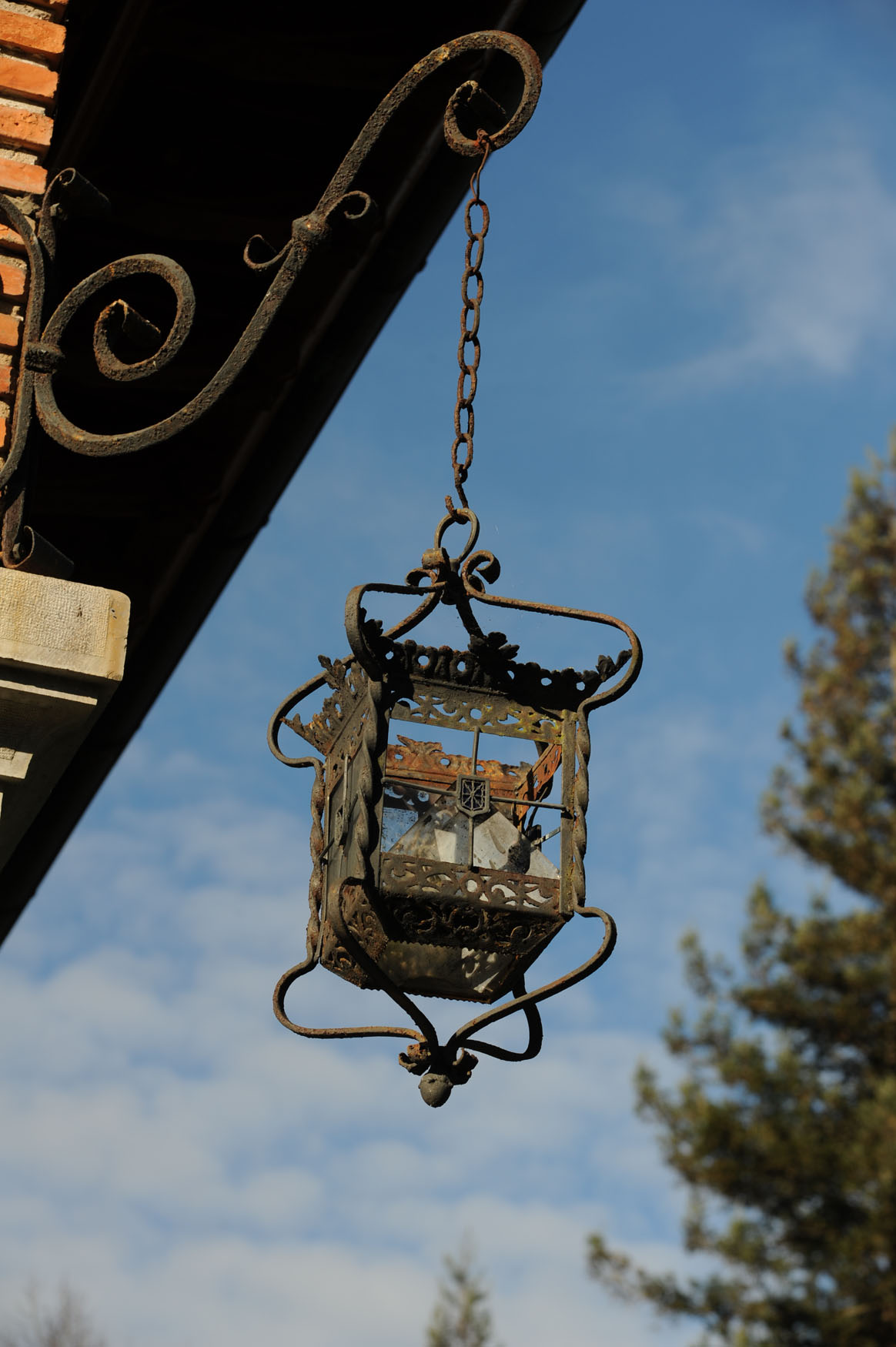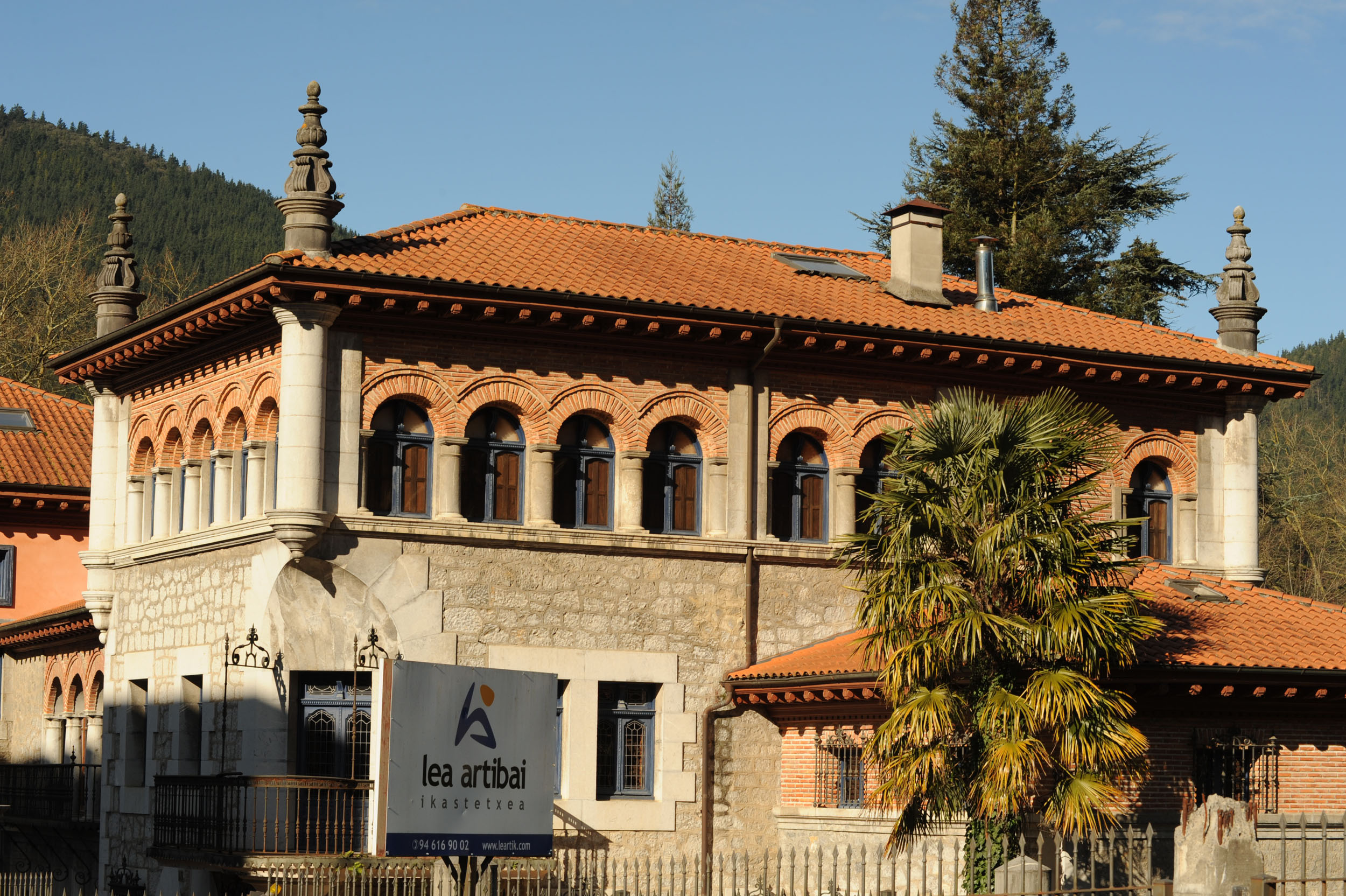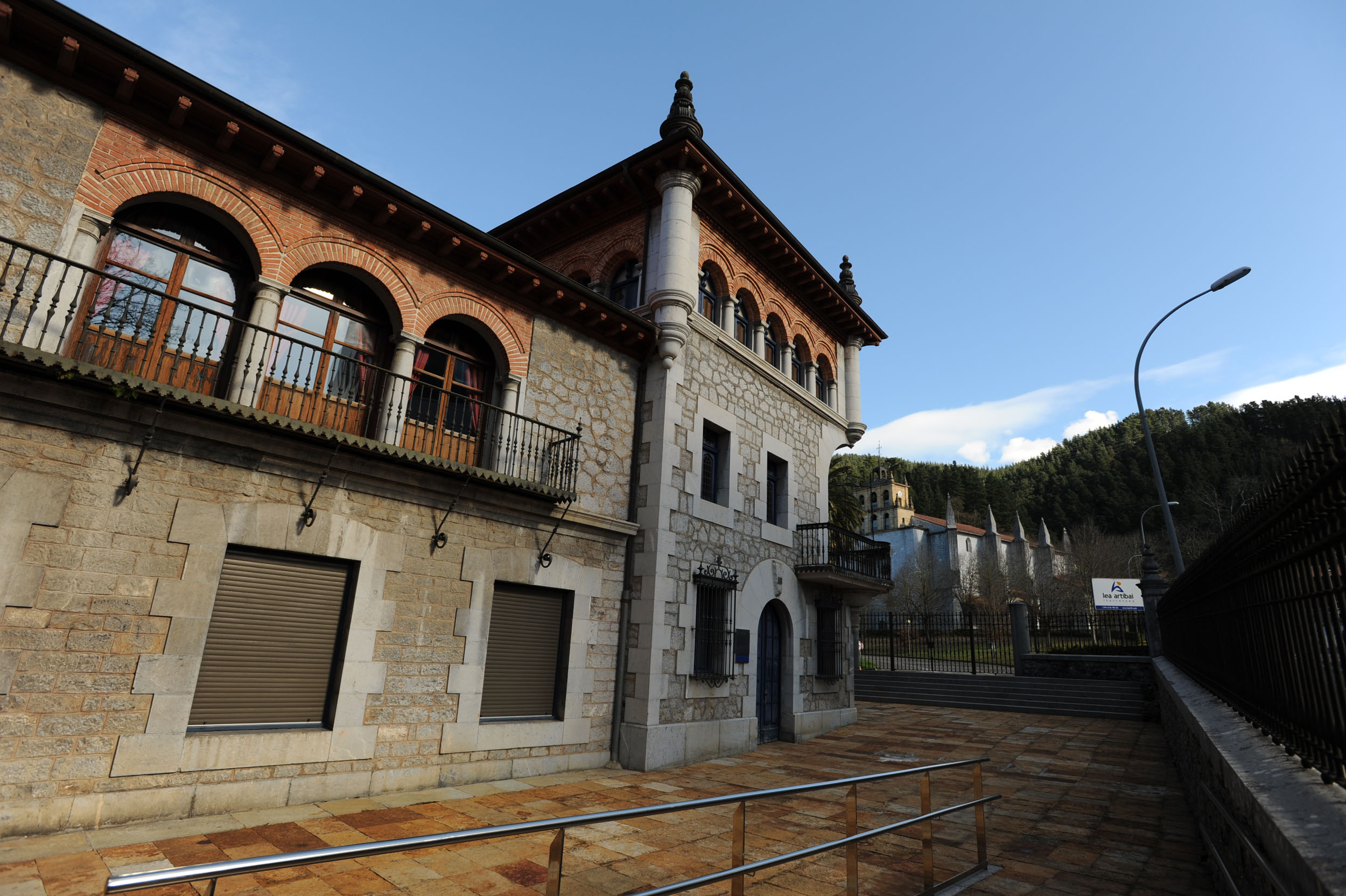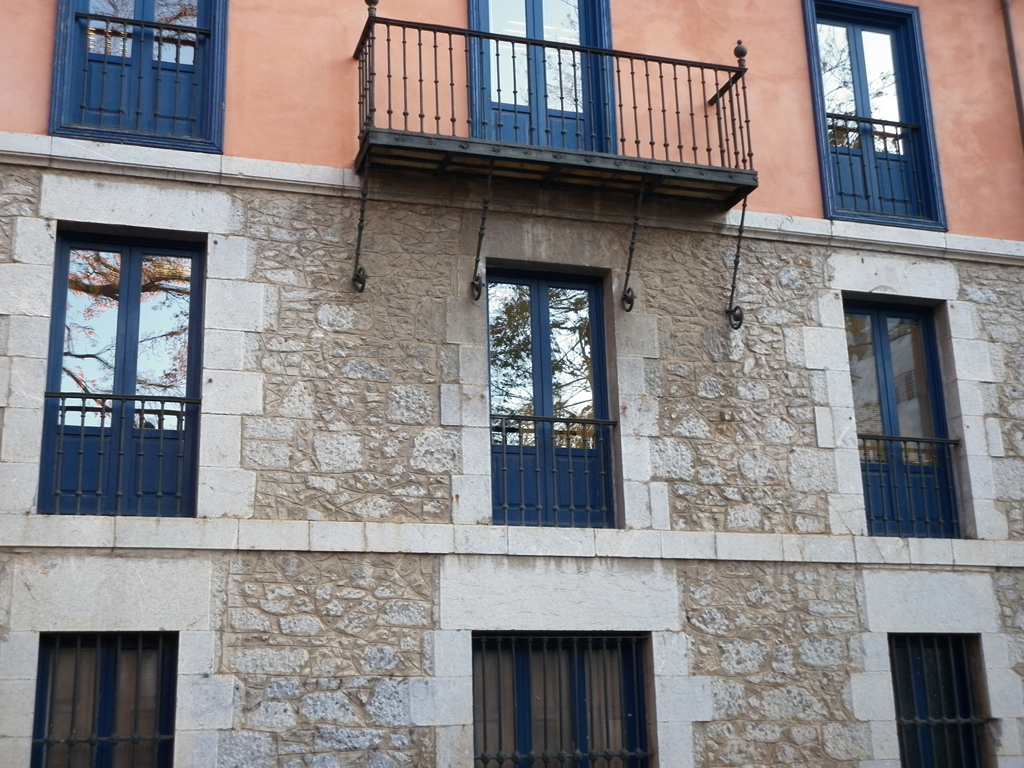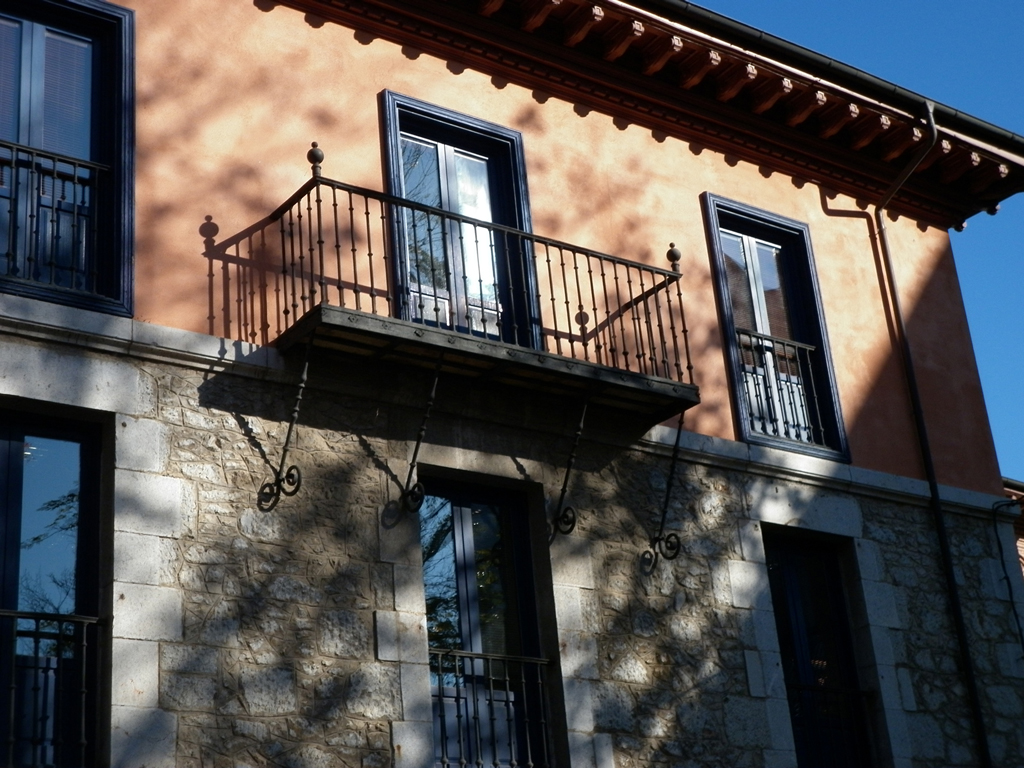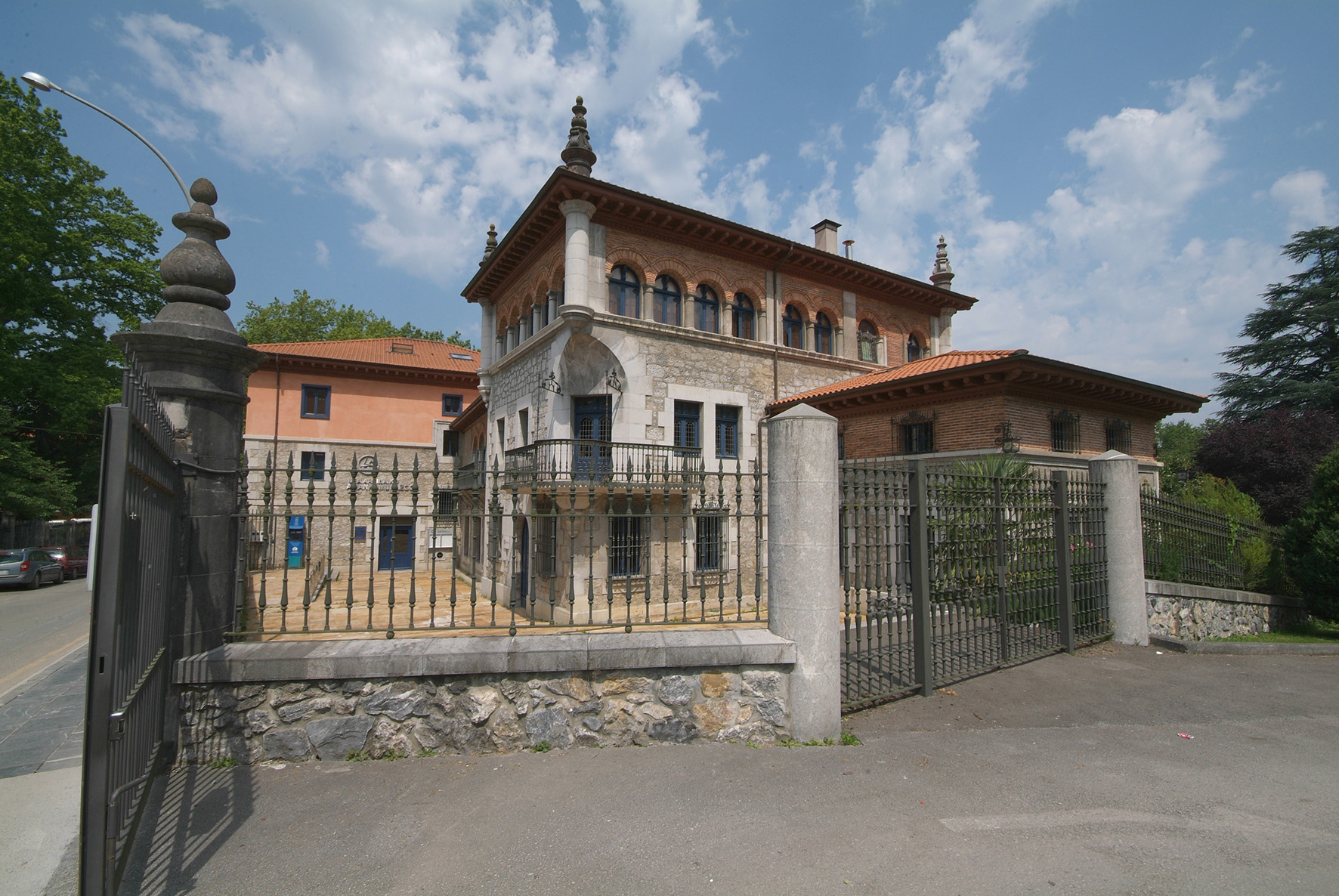CHURCH OF XEMEIN
The temple of Santa María de la Asunción de Xemein was created in the 10th century. In this century, Christianity was propagating and small monasteries were founded. Until the founding of the town of Markina (1355), the patrons of this monastery were the houses of Barroeta and Ugarte both from Xemein. These families occupied the main seats in the church and collected part of their tithes. In the 14th century (1355), when the town of Markina was founded, in its puebla letter or founding charter it is said that the Xemeingan monastery would be common to the town of Markina and the Xemein parish. With the entry of the town into the board of trustees, controversies began, as the houses of Barroeta and Ugarte claimed their entirety. These disputes forced the town to build the church of San Pedro de Elizabarria. The conflicts over the patronage happened later. In the seventeenth century, half of the patronage was benefitted from by the town of Markina and the other half by the houses of Ugarte and Barroeta. These patronages later would pass to the house of Peñaflorida.
The Xemein church was developed in the 16th century and the masters Martín Albisua, Rodrigo Albiz, Miguel Elorriaga, Juan Emasabel and the carpenter Pedro Andrino participated in it. In the seventeenth century the complements of the temple were built: the choir, the sacristy and the tower. The choir has an organ (1910), work of the Amezua house. Below the choir there are images of the Sacred Heart and the Virgin of the Rosary. The Xemein church also has the stone tombs of the Mugartegui and Peñaflorida families and the Gaytán de Ayala chapel with a Virgen of Pilar and the family’s emblem on the grate.
The primitive sacristy was behind the main altar but in the 17th century, due to space and humidity problems, the sacristy that we know today was built. The masters Gaspar Balzola, Martín Ibarluzea and Lucas Longa took part in its execution. As for the tower, Juan de Urizar Zabala began to build it in 1625. However, his project having failed to please, Urizar himself carried out the design presented by Juan de Aguirre. It has two bodies made of sandstone, topped by a spire and a cross.
Declared a National Monument of the Basque Country, it belongs to the model of the hall church or hallenkirche as it is called in Germany. It has a rectangular floor with three halls separated by six limestone columns. The walls on the outside are made of limestone ashlar, while the inside ones appear to be plastered. The vault is starred ribbed with warps. It has two entrances: one with a semicircular voussoir arch on the west facade and the main entrance with a double arch preceded by a small atrium on the south. As far as furniture content is concerned, the main altarpiece stands out in the Renaissance style. It was made in the first half of the 16th century and is structured with a predella, four horizontal sections, three divisions and four quirks. Several authors must have intervened in its execution.
Continue reading

